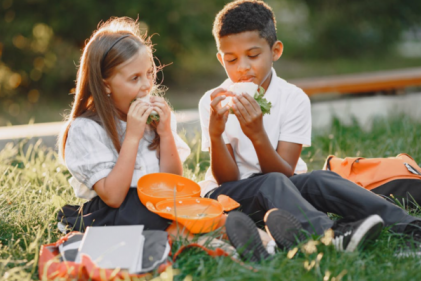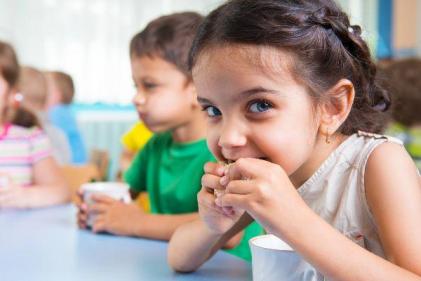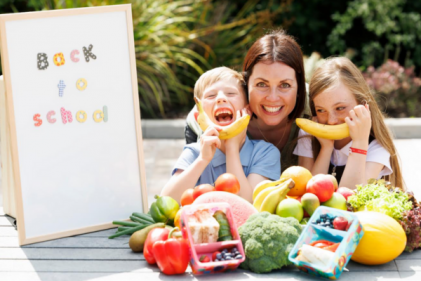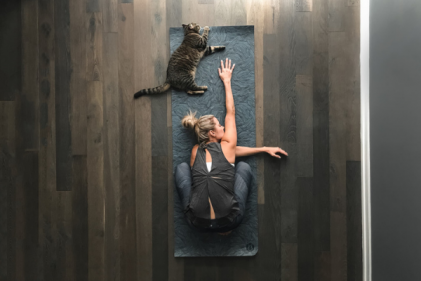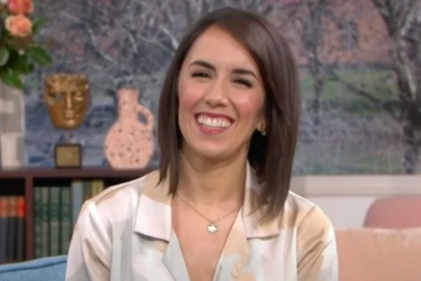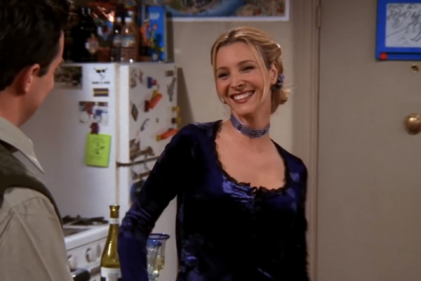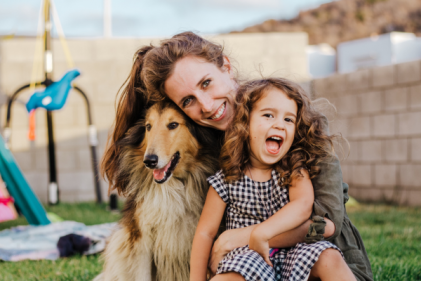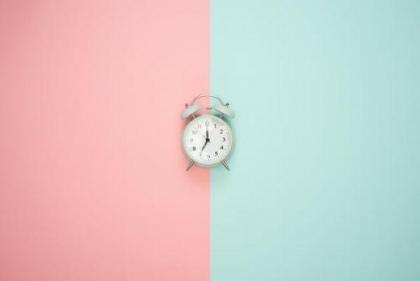Your preschooler will have learnt to recognise numbers from one to ten and they are ready to learn to count with the help of drawing and using concrete materials such as building blocks.
Children of ages 5 and 6, can progress in leaps and bounds or develop skills at a steady rate. The guidelines below should be read in the context of your child’s own unique development.
Children aged 5-6 usually can:
• Count to 30 and are able to tell the number of a certain object (e.g. there are four pencils on the desk).
• Group objects into sets and learn to count in ones to uncover the size of each set.
• Use subtraction by removing items from a group of objects.
• Use ordinal numbers and determine which object comes first, second, last and second last in a race.
• Model multiplication and division by using objects to form equal groups as well as dividing amounts evenly.
• Recognise different coins and notes and understand their value
• Increasingly use mathematical language and link their mathematical ideas together.
• Count backwards from ten.
• Children from the age of six can recognise numbers from 1 to 100.
• Children aged six should be able to count up as far as 100 in groups of 10s, 10, 20, 30, 40 etc.
• Six year olds may be able to count by tens up as far as 100. (10, 20, 30 etc).
• They will be able to use comparative language such as “less than” to describe groups of objects.
• They will now be able to understand which numbers have a lesser value. For instance, 'which number is less, 8 or 4?' Children of this age are now able to understand the concept of numbers less than ten. For example students can identify 'which is less 9 or 3?'
Children of ages 5 and 6, can progress in leaps and bounds or develop skills at a steady rate. The guidelines below should be read in the context of your child’s own unique development.
Children aged 5-6 usually can:
• Count to 30 and are able to tell the number of a certain object (e.g. there are four pencils on the desk).
• Group objects into sets and learn to count in ones to uncover the size of each set.
• Use subtraction by removing items from a group of objects.
• Use ordinal numbers and determine which object comes first, second, last and second last in a race.
• Model multiplication and division by using objects to form equal groups as well as dividing amounts evenly.
• Recognise different coins and notes and understand their value
• Increasingly use mathematical language and link their mathematical ideas together.
• Count backwards from ten.
• Children from the age of six can recognise numbers from 1 to 100.
• Children aged six should be able to count up as far as 100 in groups of 10s, 10, 20, 30, 40 etc.
• Six year olds may be able to count by tens up as far as 100. (10, 20, 30 etc).
• They will be able to use comparative language such as “less than” to describe groups of objects.
• They will now be able to understand which numbers have a lesser value. For instance, 'which number is less, 8 or 4?' Children of this age are now able to understand the concept of numbers less than ten. For example students can identify 'which is less 9 or 3?'
Read more about mathematics skills for 7-8 year olds here

